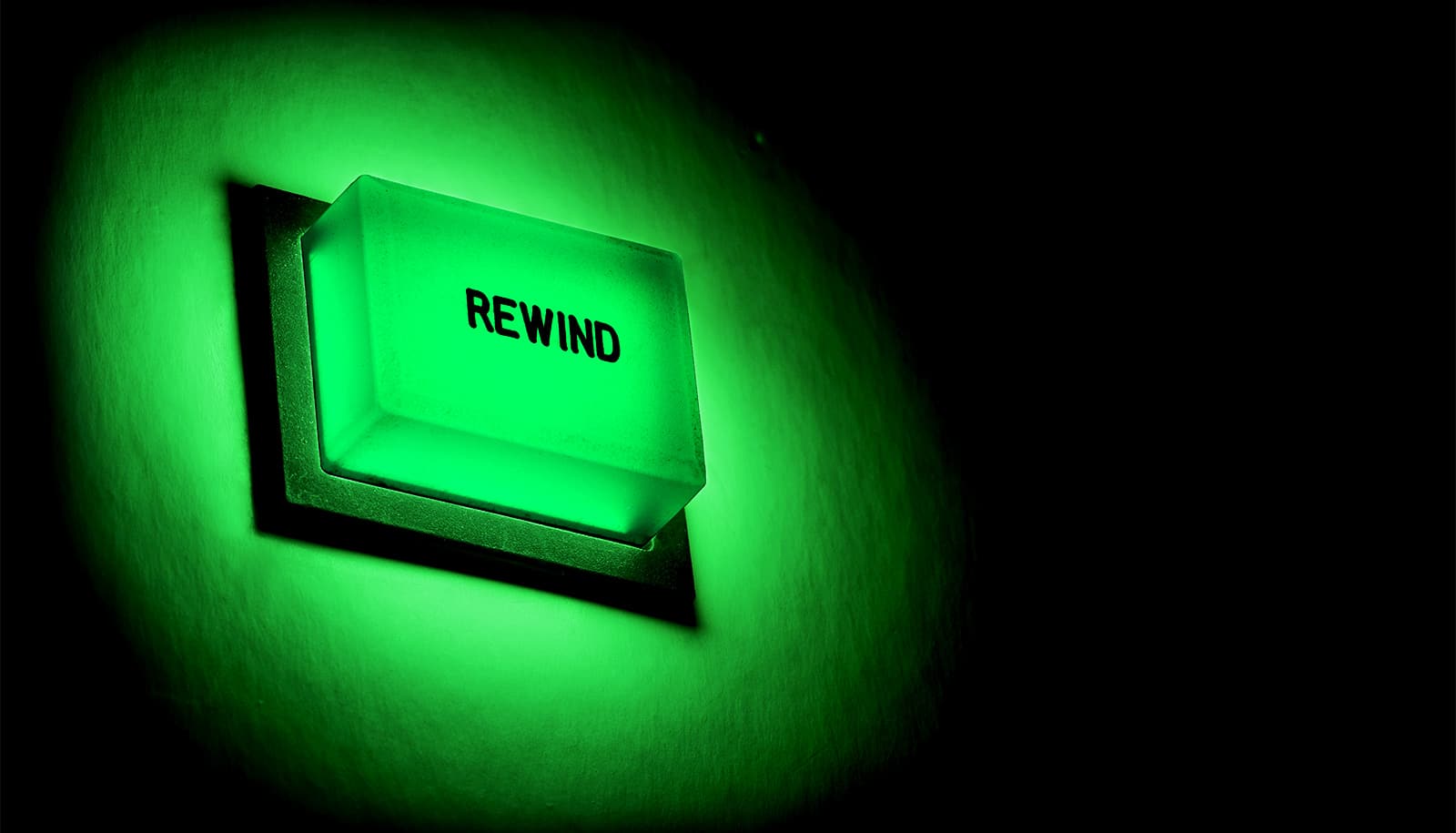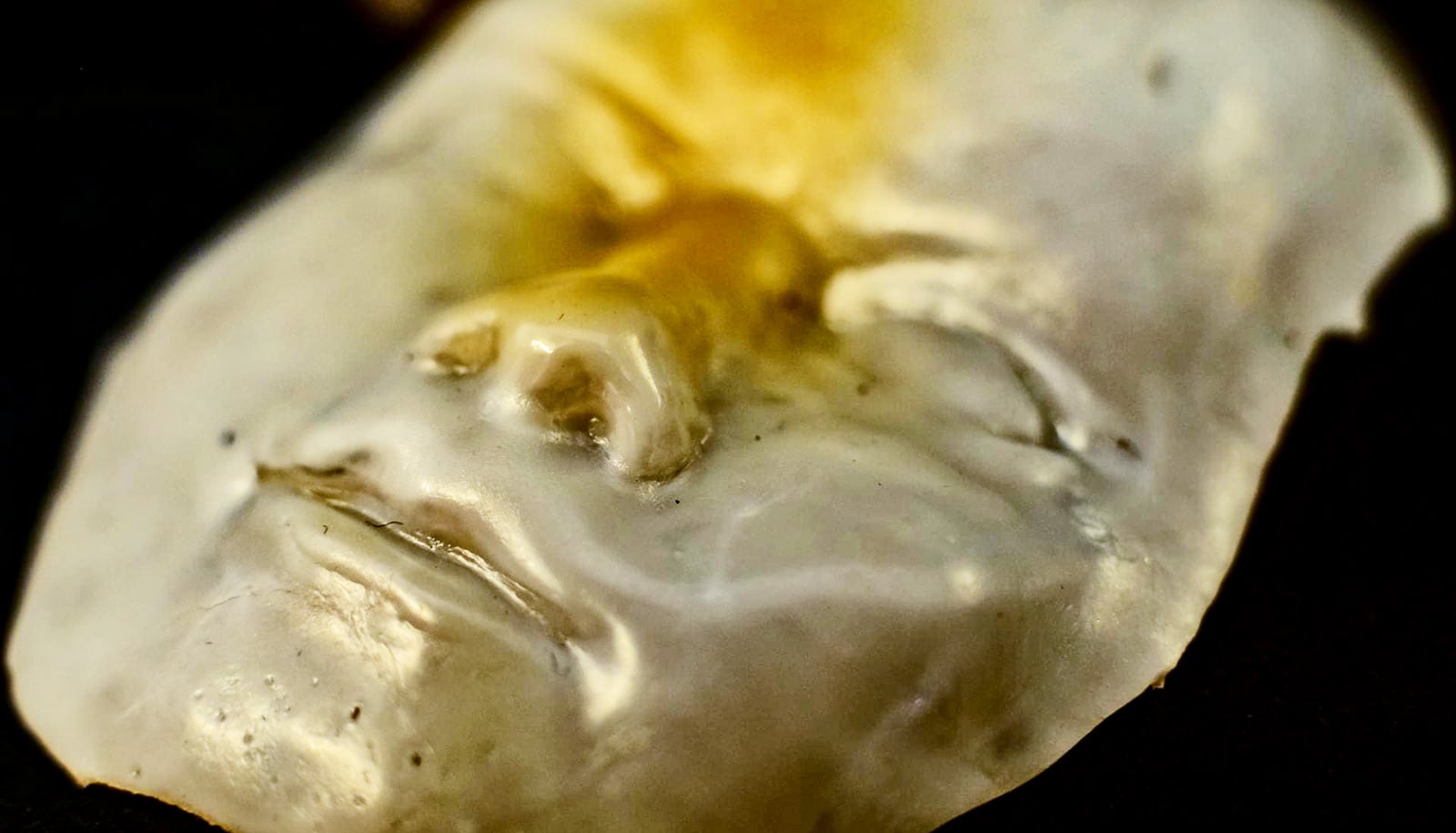A new 3D printer uses light to transform gooey liquids into complex solid objects in just minutes.
The inventors nicknamed the printer the “replicator” after the Star Trek device that can materialize any object on demand. The 3D printer can create objects that are smoother, more flexible, and more complex than what is possible with traditional 3D printers. It can also encase an already existing object with new materials—for instance, adding a handle to a metal screwdriver shaft—which current printers struggle to do.
The technology has the potential to transform how products from prosthetics to eyeglass lenses are designed and manufactured, the researchers say.
“I think this is a route to being able to mass-customize objects even more, whether they are prosthetics or running shoes,” says Hayden Taylor, assistant professor of mechanical engineering at the University of California, Berkeley and senior author of a paper describing the printer, which appears in the journal Science.
“The fact that you could take a metallic component or something from another manufacturing process and add on customizable geometry, I think that may change the way products are designed,” Taylor says.
Ditching the flaws
Most 3D printers, including other light-based techniques, build up 3D objects layer by layer. This leads to a “stair-step” effect along the edges. They also have difficulties creating flexible objects because bendable materials could deform during the printing process, and supports are required to print objects of certain shapes, like arches.
The new printer relies on a viscous liquid that reacts to form a solid when exposed to a certain threshold of light. Projecting carefully crafted patterns of light—essentially “movies”—onto a rotating cylinder of liquid solidifies the desired shape “all at once.”
“Basically, you’ve got an off-the-shelf video projector, which I literally brought in from home, and then you plug it into a laptop and use it to project a series of computed images, while a motor turns a cylinder that has a 3D printing resin in it,” Taylor says.
“Obviously there are a lot of subtleties to it—how you formulate the resin, and, above all, how you compute the images that are going to be projected, but the barrier to creating a very simple version of this tool is not that high.”
Taylor and the team used the printer to create a series of objects, from a tiny model of Rodin’s “The Thinker” statue to a customized jawbone model. Currently, they can make objects up to four inches in diameter.
“This is the first case where we don’t need to build up custom 3D parts layer by layer,” says co-first author Brett Kelly, who completed the work while a graduate student working jointly at UC Berkeley and Lawrence Livermore National Laboratory. “It makes 3D printing truly three-dimensional.”
Reverse CT scan
The researchers took inspiration from the computed tomography (CT) scans that can help doctors locate tumors and fractures within the body.
CT scans project X-rays or other types of electromagnetic radiation into the body from all different angles. Analyzing the patterns of transmitted energy reveals the geometry of the object.
“Essentially we reversed that principle,” Taylor says. “We are trying to create an object rather than measure an object, but actually a lot of the underlying theory that enables us to do this can be translated from the theory that underlies computed tomography.”
Besides patterning the light, which requires complex calculations to get the exact shapes and intensities right, the other major challenge faced by the researchers was how to formulate a material that stays liquid when exposed to a little bit of light, but reacts to form a solid when exposed to a lot of light.
“The liquid that you don’t want to cure is certainly having rays of light pass through it, so there needs to be a threshold of light exposure for this transition from liquid to solid,” Taylor says.
The 3D printing resin is composed of liquid polymers mixed with photosensitive molecules and dissolved oxygen. Light activates the photosensitive compound which depletes the oxygen. Only in those 3D regions where all the oxygen has been used up do the polymers form the “cross-links” that transform the resin from a liquid to a solid. Unused resin can be recycled by heating it up in an oxygen atmosphere, Taylor says.
“Our technique generates almost no material waste and the uncured material is 100 percent reusable,” says co-first author Hossein Heidari, a graduate student in Taylor’s lab. “This is another advantage that comes with support-free 3D printing.”
The objects also don’t have to be transparent. The researchers printed objects that appear to be opaque using a dye that transmits light at the curing wavelength but absorbs most other wavelengths.
“This is particularly satisfying for me, because it creates a new framework of volumetric or ‘all-at-once’ 3D printing that we have begun to establish over the recent years,” says Maxim Shusteff, a staff engineer at the Livermore lab. “We hope this will open the way for many other researchers to explore this exciting technology area.”
UC Berkeley faculty startup funds and Laboratory-Directed Research and Development funds from Lawrence Livermore National Laboratory funded the study. The team has filed a patent application on the technique.
Source: UC Berkeley



